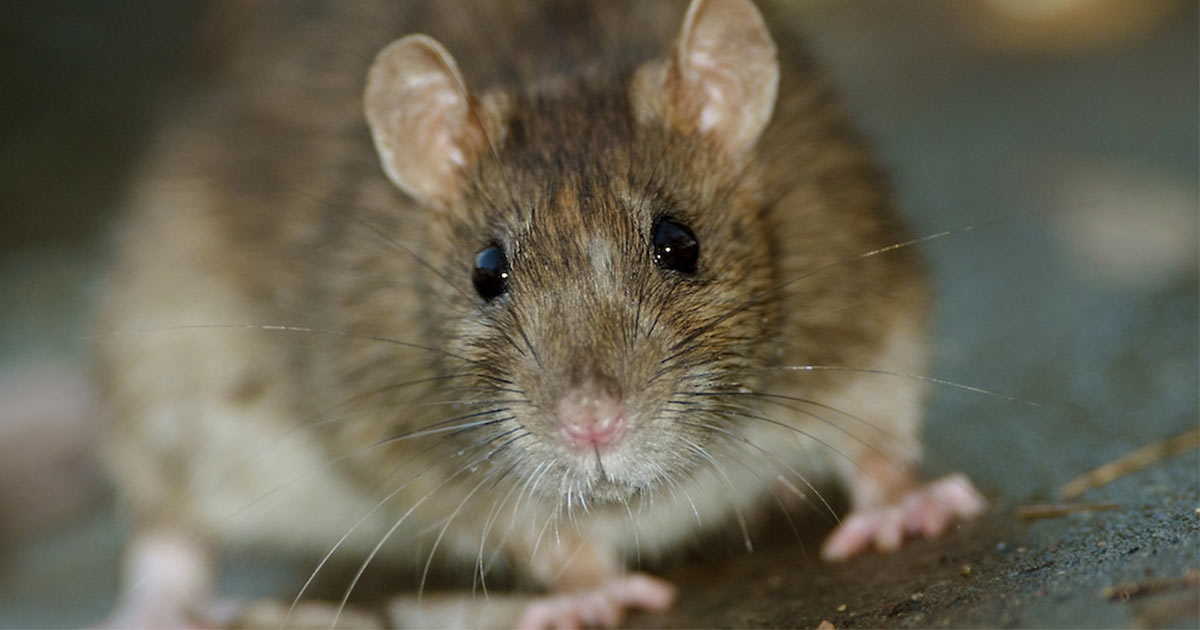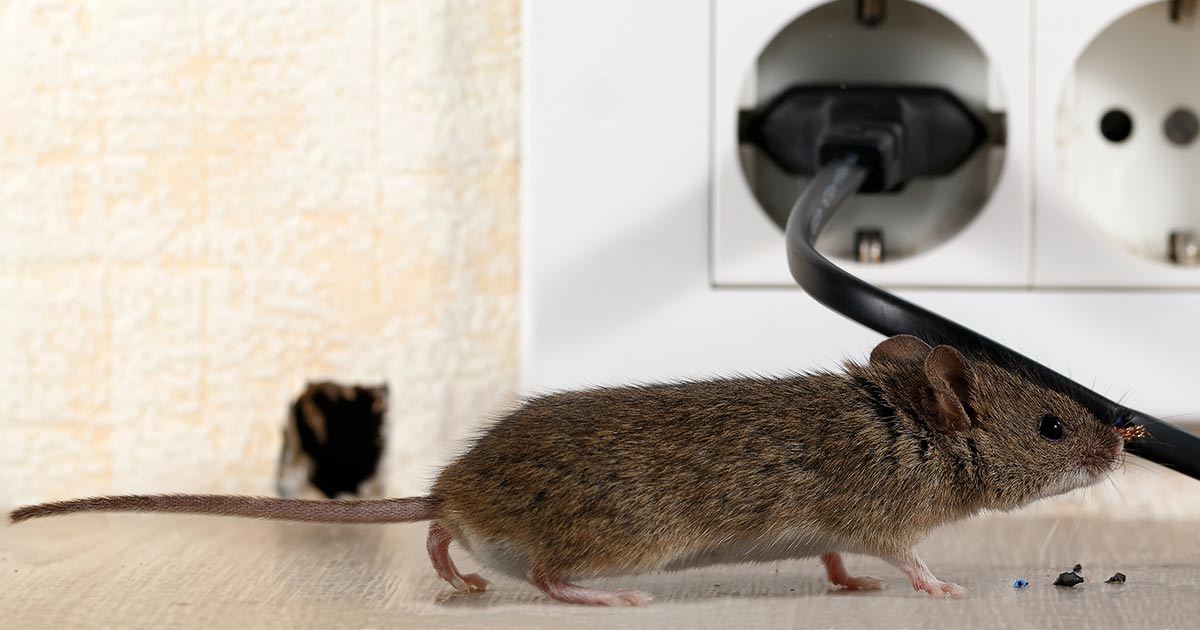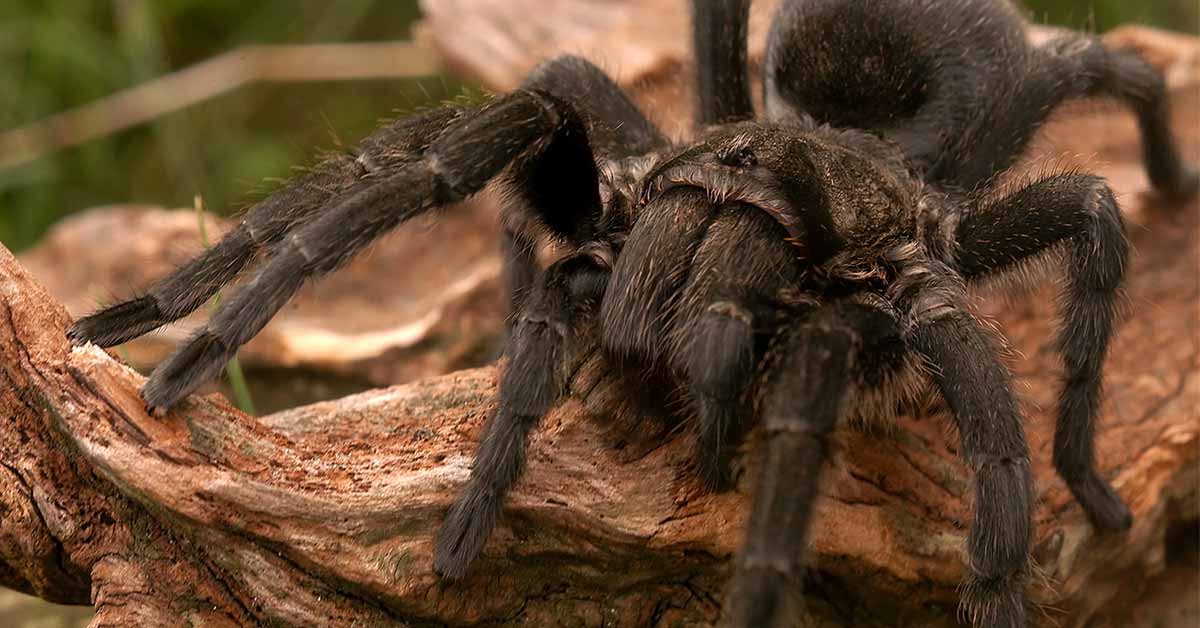Protecting Against Diseases Carried by Mice and Rats
Whether your home is an urban apartment or a quiet rural retreat, mice and rats can disrupt your life. In many cases, by the time you realize your boundaries were breached, these pests have already exposed your family to health threats.
The Centers for Disease Control and Prevention (CDC) report that rats and mice transmit pathogens that cause disease that affect humans and, in some cases, household pets.1 By understanding rats and mice and the stakes of rodent invasions, you can take simple, effective action to prevent exposure to rodent-transmitted diseases.
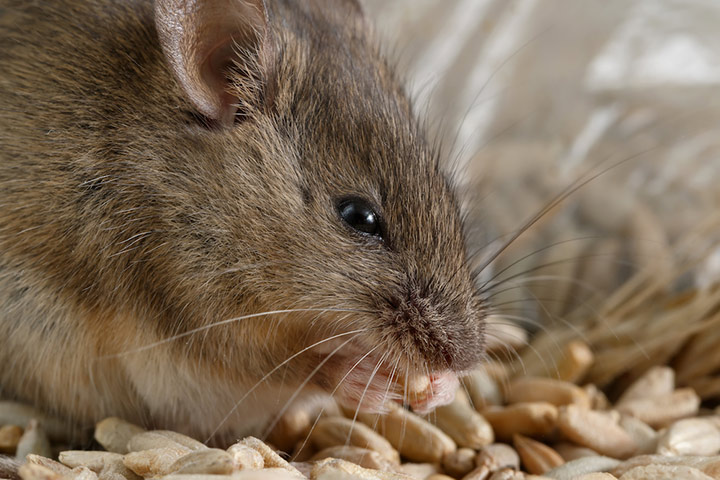
Mice and rats contaminate grains and other pantry foods.
RATS AND MICE TRANSMIT DISEASES DIRECTLY AND INDIRECTLY
Many types of rodents carry disease, but common rats and mice that live in close proximity to humans increase your risks. These run-of-the-mill rodents transmit some pathogens directly through fresh or dried droppings, urine, and saliva, all of which aren't always obvious. They also indirectly transmit pathogens with the help of rodent-infected mites, ticks, and fleas.2
Illnesses caused by exposure to mice and rats are often minor if treated early and effectively. But left untreated, conditions can become serious or even fatal. Examples of diseases linked to common mice and rats include:
- Hantavirus pulmonary syndrome. Severe to potentially fatal, this viral disease spreads primarily by contact with rodents or their urine and droppings. Infections also occur simply from breathing in rodent-contaminated dust.
- Leptospirosis. Left unchecked, this bacterial disease causes kidney damage, liver failure, meningitis, and even death. Humans and animals become infected by consuming food or water contaminated with mouse or rat urine or contacting urine-contaminated water or soil.
- Plague. Not just a Medieval ailment, plague remains active in the western United States. In 2017, for example, New Mexico confirmed four human plague cases and 28 animal plague cases, all but two involving dogs and cats.3 The most common means of transmission is through bites from infected rodent fleas. Without treatment, serious illness and death result.
- Rickettsial infections. This group of bacterial infections includes murine and scrub typhus, spread through bites of fleas or mites infected by rats or mice. It also includes Rickettsial pox, a largely urban disease transmitted by house-mice mites that seek out new host animals, including people, when mice are trapped and killed.
- Salmonellosis. Also known as food poisoning, this bacterial disease causes more than 1 million U.S. illnesses and 450 U.S. deaths annually.4 Rats and mice contribute to its spread by contaminating food and water with their feces.
- Tick-related diseases. Rats and mice act as hosts for ticks that spread disease-causing pathogens to humans and animals. These diseases include serious and potentially fatal illnesses such as babesiosis, Colorado tick fever, Lyme disease, Powassan virus, Rocky Mountain spotted fever, and tularemia.2
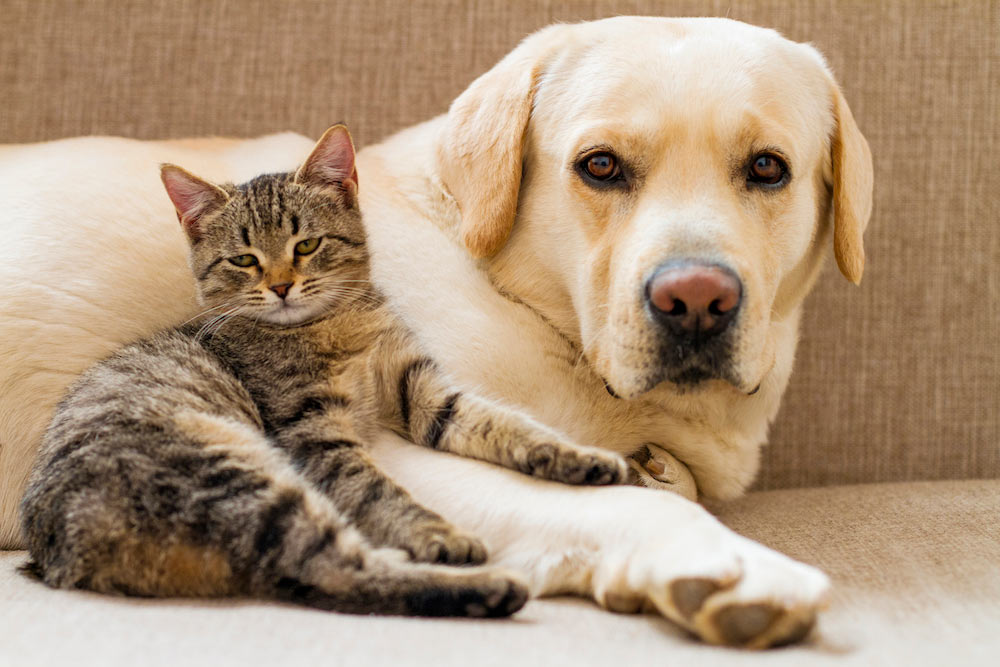
Pets and people are at risk for rat- and mouse-transmitted diseases.
THREE SIMPLE STEPS THAT HELP PROTECT AGAINST DISEASES CARRIED BY MICE AND RATS
With this three-prong approach to effective rodent control, as recommended by the CDC, you can limit your family's risk of diseases transmitted by mice and rats:
- Seal all potential entry holes. Inspect your home thoroughly, inside and out, for cracks, crevices, and holes. Even very small openings around foundations, doors, windows, vents, pipes, and utility lines are all potential entry points. Seal small holes with caulk and repair larger openings to prevent mice and rats from coming inside.
- Trap mice and rats in your home. Trapping provides a permanent solution to rodents already inside. With the right location, bait, and traps, you can catch mice and rats successfully. Amdro® Mouse and Rat Traps offer an innovative ring design that's guaranteed to kill rats and mice quickly. Rodents die outside the simple-to-set trap, making cleanup and disposal quick and easy.
- Clean and disinfect your home thoroughly. With your home sealed and the offending rodents dead and gone, it's time to clean and disinfect. Wear a mask and gloves, and dispose of any potentially contaminated food or drink items. Avoid stirring up dust from droppings, urine or rodent nests; hantaviruses can remain infectious for several days.6
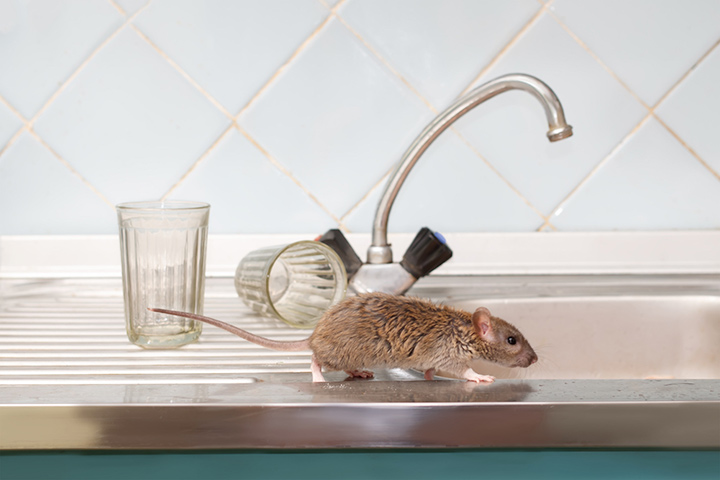
When rats and mice invade, all surfaces are candidates for disinfection.
Instead of using a broom or vacuum, douse the area with disinfectant and follow label recommendations for disinfection time. Clean the area with disposable towels; then disinfect again. When complete, dispose of the towels, mask, and gloves.
Mice and rats present real hazards to your home and your family's health, but you can limit the threat of rodent-transmitted disease. With the help of Amdro Mouse and Rat Traps, you can rid your home of mice and rats and protect your family. Amdro is committed to providing you with the expert advice and premium pest control products you need to end pest disruptions and restore your home's peace.
Always read product labels thoroughly and follow instructions.
Amdro is a registered trademark of Central Garden & Pet Company.
Sources:
- Centers for Disease Control and Prevention, "Rodents," July 2010.
- Centers for Disease Control and Prevention, "Diseases from Rodents," July 2010.
- New Mexico Department of Health, "Plague," 2018.
- Centers for Disease and Prevention, "Salmonella," September 2018.
- Centers for Disease Control and Prevention, "Seal Up!," July 2010.
- Centers for Disease Control and Prevention, "Cleaning Up After Rodents," August 2012.

